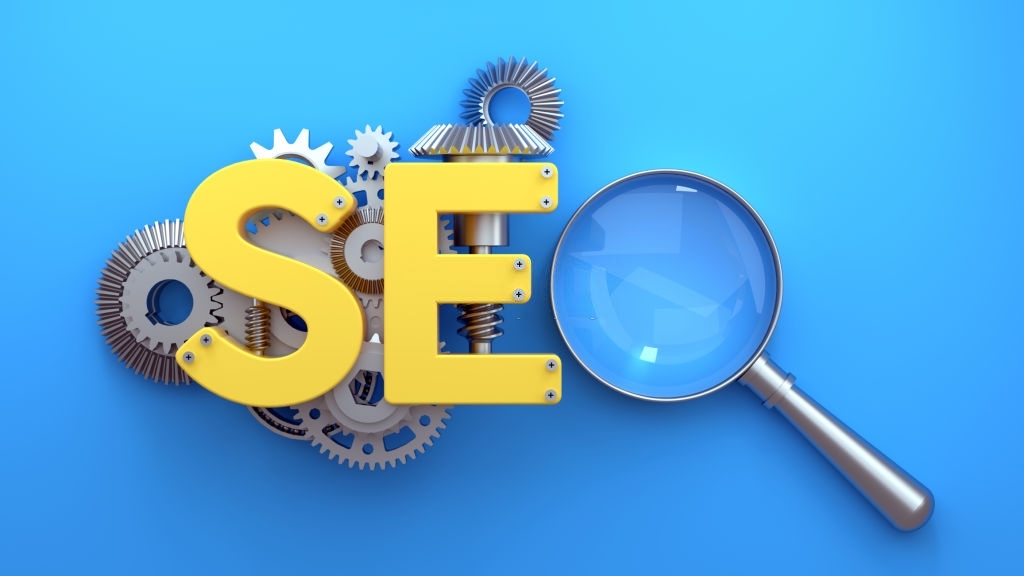
Succeed With BASIC SEO
- Gordon Matthew Thomas Sumner
- 0
- Posted on
Table of Contents
Toggle Introduction
Introduction
Seo optimized means tasteful and careful website design.
Keywords
Keywords are the key to ranking well in search engines. You should use keywords in your title tags, URLs, meta descriptions and content throughout your site. The best way to find out which keywords are most important for your business is by doing some research on Google’s AdWords Keyword Planner Tool or other relevant tools like Moz’s Keyword Explorer tool or SEMrush.
Keep your page titles keyword-focused: Your page titles should include at least one of the most important words from your main keyword phrase that you want the page to rank for – this will help Google know what each individual web page is about when it crawls through its indexing process. For example, if you sell custom t-shirts online then a good title tag might be: “Custom T-shirt Shop – Buy Custom Personalized Tshirts Online.”
The meta description tag also needs to contain this same keyword phrase or two because it’s what shows up underneath every link on Google search results pages (SERPs) listing all 10 blue links when someone types in something related to what you’ve written about into their query box!
When writing content for any webpage, aim for longer paragraphs and sentences so that each paragraph contains at least 300 words or more per section before moving onto another topic; keep these paragraphs short enough so they don’t get too dense with information while still being able to convey everything needed clearly enough so people who read them won’t get confused between concepts being explained separately within different sections written over multiple pages/sections using headings 1-6 instead of just
Links
Links are the backbone of search engine optimization. It is important to get links from other websites, and even more important to have good quality links from high-ranking sites.
There are many ways to get inbound links:
- Guest blog on another site (this works best when you have related content)
- Build relationships with other websites and ask for a link exchange (this may only work if you already have some authority online)
- Make sure that every page on your website has a bunch of relevant backlinks, especially the homepage and product pages.
Images
Images are a vital part of any website, but they need to be used correctly. Here’s a list of some things to keep in mind:
- Use images that are relevant to the text. If you’re writing about how great your new product is, then use an image of said product (not your favorite celebrity).
- Make sure the image has good quality and is not too large or too small. My personal preference is for PNG files at 300 dpi with dimensions no larger than 500×500 pixels (or even 300×300). You can always resize them later if necessary; they’ll still look fine on high-resolution devices like phones or tablets as long as they don’t get much smaller than 100px on any given side!
- If possible try not to use stock photos unless it’s absolutely necessary—they don’t convey any information about what you’re writing about and could potentially come across as cheesy or insincere.
Speed
Speed is the most important part of your website’s user experience. It’s not just about how quickly your site loads, but also about how fast you can make changes to it and get those changes live.
Because of this, we recommend optimizing for speed from the beginning.
There are many ways you can optimize for speed:
- Compress images with ImageOptim
- Use a CDN (Content Delivery Network) to serve files from a server closer to the user’s location, which will load faster than if it were served from one far away (also improves security)
Structure and Content
If you have a website that is purposeful and on topic, it will be much easier to get noticed. To make sure your content is purposeful and on topic, follow these steps:
- Decide what your website’s purpose is.
- Decide what your website’s topics are. Do they relate in any way? Are they related enough to be put into one blog post? Can they be broken down into multiple categories?
- Find out the best way to present this information (text or images). Can it be presented in short little bits so people won’t feel overwhelmed by too much info at once? If not, can you break up the information into smaller chunks with shorter paragraphs/sentences instead of long ones that go on forever!
seo optimized means tasteful and careful website design
Tasteful and careful website design is what will get you the most bang for your buck when it comes to search engine optimization. This means spending time on the site layout, color choice, typography and images—in short, everything that goes into creating a visually appealing website.
Conclusion
I hope that this post has helped you to understand the basics of SEO. If you have any further questions, please feel free to contact us.
